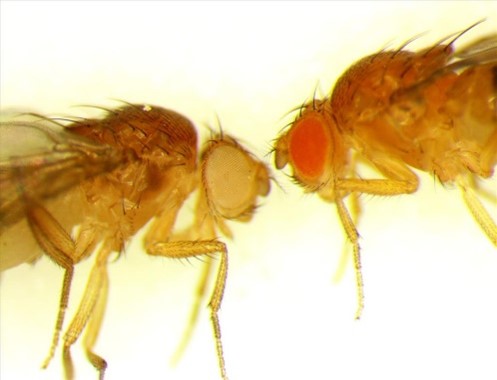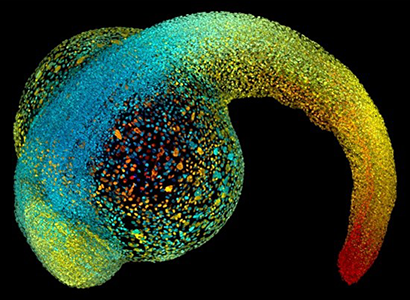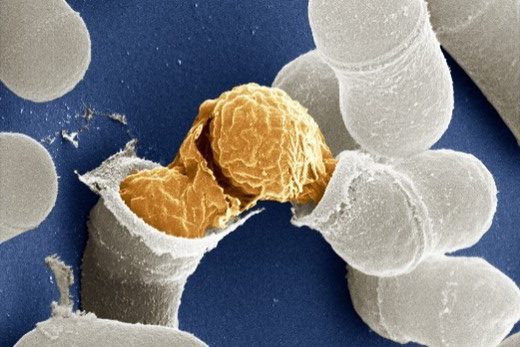Scientists often use research organisms to study life. Examples range from simple organisms like bacteria to more complex ones such as mice. NIGMS funds studies of research organisms to understand biological processes that are common to all organisms, including humans. Errors in these fundamental processes can cause disease, and better understanding of these malfunctions can aid in the development of potential treatments.
Research organisms may also reveal novel biological processes that can lead to important scientific or medical technologies. For example, researchers studying interactions between viruses and bacteria made a discovery that led to the CRISPR (clustered regularly interspaced short palindromic repeats) gene-editing system, which was recognized by the 2020 Nobel Prize in chemistry.
Take our quiz below to test how much you know about research organisms. For more quizzes and interactive learning tools, visit our activities and multimedia webpage.
Results
Share...
Share...

#1. Which of the following is true?
The correct answer is B. NIH ensures the protected welfare of all research organisms. A wide range of creatures, including single-celled ones like bacteria and yeast, are used as research organisms to shed light on biological processes.
Image Credit: Courtesy of MDI Biological Laboratory.
Share...

#2. Which of these is NOT a reason that research organisms are useful for studying human diseases?
The correct answer is C. Research organisms typically have short lifespans compared to people. In humans, a disease’s natural course can take dozens of years, whereas a research organism can quickly develop a version of that disease or some of its symptoms. This rapid disease progression helps scientists learn new details in much less time.
Image Credit: Hiroshi Shimizu.
Share...

#3. Which research organism is often used to study early development because of its see-through eggs and embryos?
The correct answer is B. Zebrafish studies have shed light on the development of the heart and of brain regions that drive behavior, among other processes.
Share...

#4. Scientists were able to develop many cancer drugs because of studies in yeast exploring what biological process?
The correct answer is A. Many cancer drugs work by hindering the cell cycle, a process where cells copy their contents and multiply. Other yeast studies have allowed researchers to discover how genes turn on or off and understand how changes in gene activity cause disease.
Share...

#5. Some researchers use “tissue chips” or “organs on chips” as an alternative to research organisms. Which definition best describes these chips?
The correct answer is D. Researchers have made tissue chips to imitate the structure and activity of organs such as the lungs, heart, kidneys, skin, liver, and more. They hope that these chips will help speed up testing of potential new drugs for a variety of diseases. Some scientists also use computer models in place of, or in addition to, research organisms.
Image Credit: Wyss Institute for Biologically Inspired Engineering, Harvard University.
Share...

This post is a great supplement to Pathways: The Circadian Rhythms Issue.
Much of what we know about circadian rhythms in humans was first discovered in research organisms.
Learn more in our Educator’s Corner.




